Recognising the disabilities of those living with rare diseases
July 2025Between July and September 2024, EURORDIS–Rare Diseases Europe’s Rare Barometer programme carried out one of the widest-reaching surveys to date on the intersection between rare diseases and disability.
The study gathered responses from 10,478 people worldwide, including 9,591 in Europe, living with more than 1,600 different rare diseases. It explored the day-to-day experiences of people living with a rare condition – from the challenges of securing formal disability recognition to barriers in accessing social support and achieving full work or school participation.
Published in April 2025, the report – The impact of living with a rare disease: barriers and enablers of independent living and social participation – presents a detailed and often troubling picture. Across Europe, people living with rare diseases frequently also live with disabilities. However, social systems are not designed to take into account the wide range, diversity and complexity of rare diseases and often overlook the personal circumstances of individuals.
As Rare Barometer prepares to launch a new survey this September on managing daily life, we reflect on key findings from the last study – and why better recognition and support for disability in the rare disease community must be a public policy priority.
Living with a disability – but without recognition
For most people living with a rare disease, disability is part of daily life. Our survey found that eight in ten respondents live with some form of disability – whether it impacts their ability to walk, see, concentrate, or carry out everyday activities.
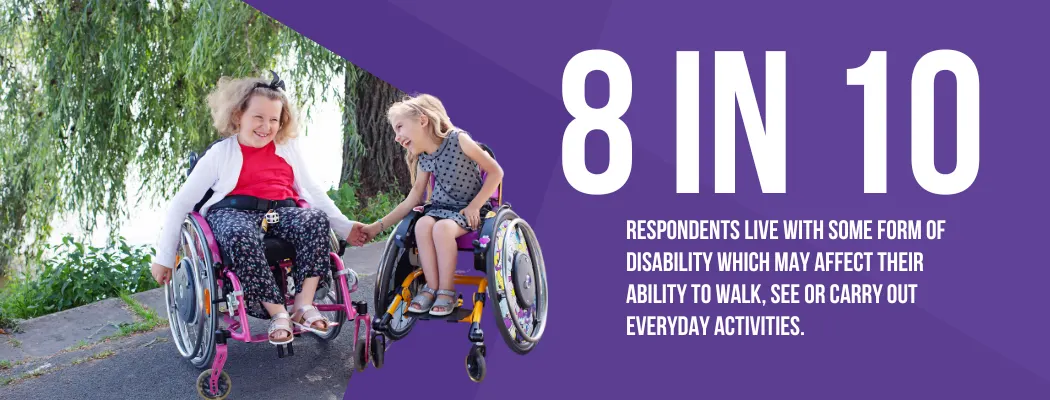
Many of these disabilities are invisible – 95% reported symptoms such as chronic pain or fatigue. Most respondents (70%) reported invisible disabilities, and for nearly two-thirds (64%), their disabilities were progressive or variable, worsening over time or fluctuating in severity.
Yet the recognition of these disabilities by public authorities remains deeply uneven.
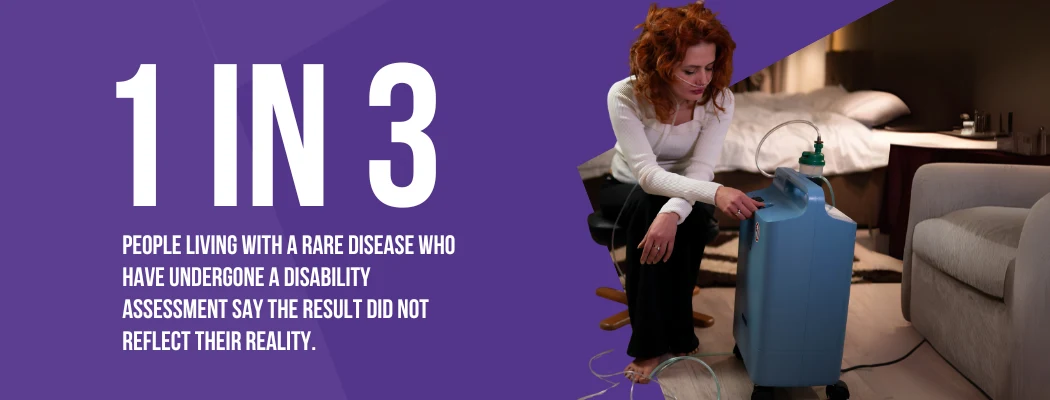
Only 57% of participants had ever undergone a formal disability assessment. Of those, nearly a third (31%) said the result did not reflect their reality – either because their disability or needs were underestimated or not recognised at all. Another 15% said they needed an assessment but had not received one. Yet, without recognition, access to vital services becomes difficult or impossible. This includes financial assistance, workplace accommodations, personal care, and assistive technologies.
Even for those who do undergo assessment, the process often fails to capture the complexity of rare diseases. Over half (53%) said the professionals conducting their assessment lacked sufficient understanding of their condition. Many were not asked about their daily activities, care needs or personal situation, and only 27% reported being satisfied with the process or encountering no difficulties.
Because assessments in Europe are largely dominated by the medical model, people without a diagnosis face particular disadvantages. They are far less likely to be assessed, recognised, or granted access to support – despite facing similar limitations.
Public support remains out of reach
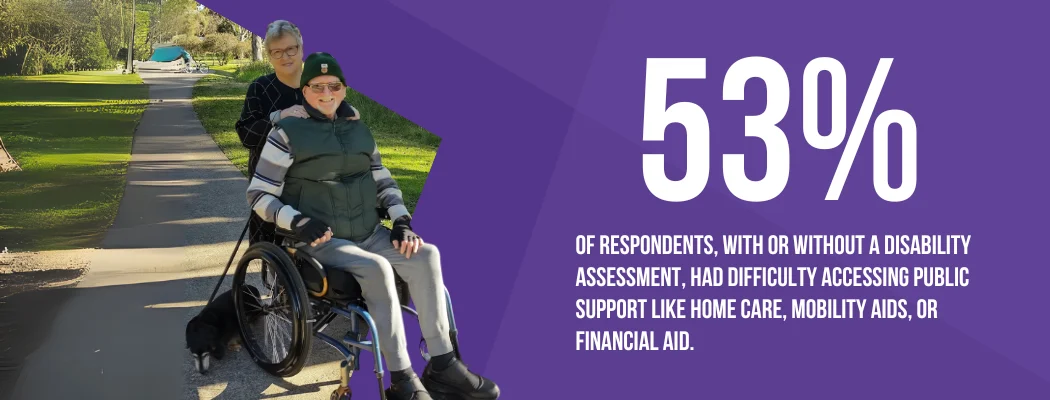
More than half (53%) of respondents, whether or not they had a disability assessment, recognised the difficulties in accessing publicly funded support – including home care, mobility aids, adapted housing, or financial benefits. Common barriers included complex procedures, poor information, and eligibility rules that failed to account for their actual needs.
Participation in society remains unequal
Among children and young people with a rare disease, 79% reported limited participation at school, as measured using the Child and Adolescent Scale of Participation (CASP). They faced challenges with learning, communication, mobility and inclusion in school life.
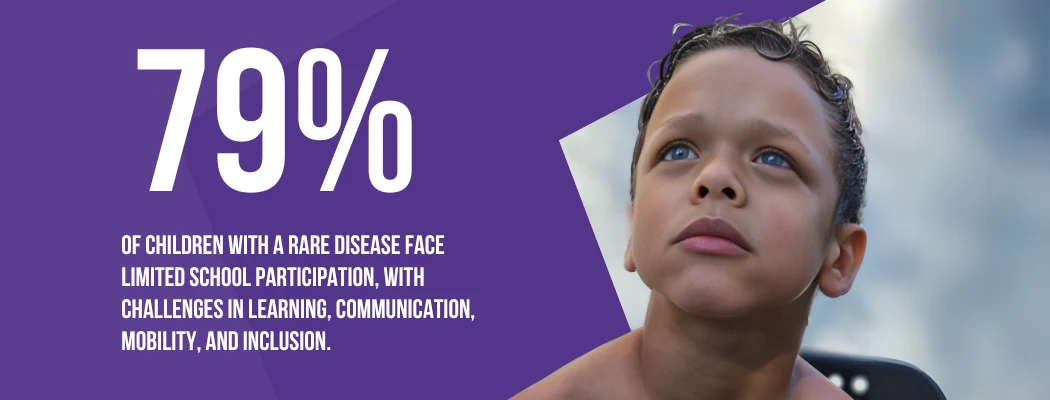
In the workplace, the disparities were even greater. Among working-age respondents, the unemployment rate was 23% – nearly four times higher than the EU average in 2023.
These outcomes are not solely due to the health impacts of rare diseases. They reflect broader environmental and social barriers, including inflexible work environments, inadequate accommodations, and discrimination.
Participate in our next survey
The findings of this survey go far beyond isolated data points – they expose a consistent pattern of structural exclusion across Europe. At the core is a troubling misalignment: too often, systems built around standardised definitions fail to recognise the real needs of people living with rare diseases.
To help close this gap, the next EURORDIS Rare Barometer survey launching in September will focus on what helps people live with a rare or undiagnosed condition. It will include questions such as how they cope with daily stress, what support they can rely on, or how they manage to learn, work, and contribute to their community while living with a rare or undiagnosed condition. You can already register for the launch webinar, taking place on 11 September.
If you or someone you care for lives with a rare disease, consider joining the Rare Barometer panel. Your experience can help shape better, fairer public policies.
Because collecting information is not just about revealing problems – it’s the first step towards effecting meaningful and lasting change.
Julien Poulain, Communications and Policy Liaison Senior Manager
